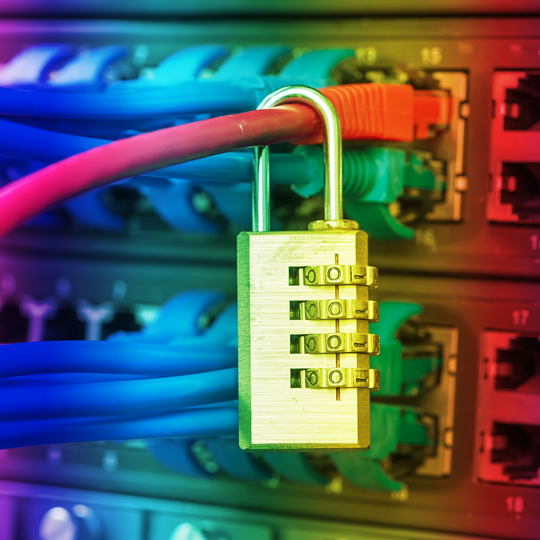Where do you store your (backup) data?
The hard drive is familiar to all of us. The SSD on the other hand might not necessarily ring a bell.
A regular hard drive in a computer is a box with a number of disks inside. These disks have a large storage capacity. Data are saved to and read from a disk using a laser. The disadvantage of that system is that it uses a fair bit of power, is not always fast and takes up a lot of space. SSDs, by contrast, work in the same way as a flash drive, with no moving parts but only some chips on a circuit board. They work quite a bit faster but are also more expensive. The SSD is gaining ground in the world of data centers. Amazon and Microsoft are busy replacing their hard drives with Solid State Drives as we speak.
But where do things stand in Belgium?
LCL's Managing Director, Laurens van Reijen, conducted a brief survey and came up with the following answer:
"We have one client who has moved completely to SSDs. They have taken this step because the classic hard drives were causing performance problems given the lower read and write speeds. They now use hard drives only as backup storage. The high cost of SSDs per gigabyte is still an obstacle to using the faster storage media, but that is all relative, since the price differential is better today than it was 2 or 3 years ago. Clients also have higher demands, and that makes the transition easier. Hard drives are used mainly for large storage systems. Nowadays, around two-thirds of the servers interact with SSDs."
